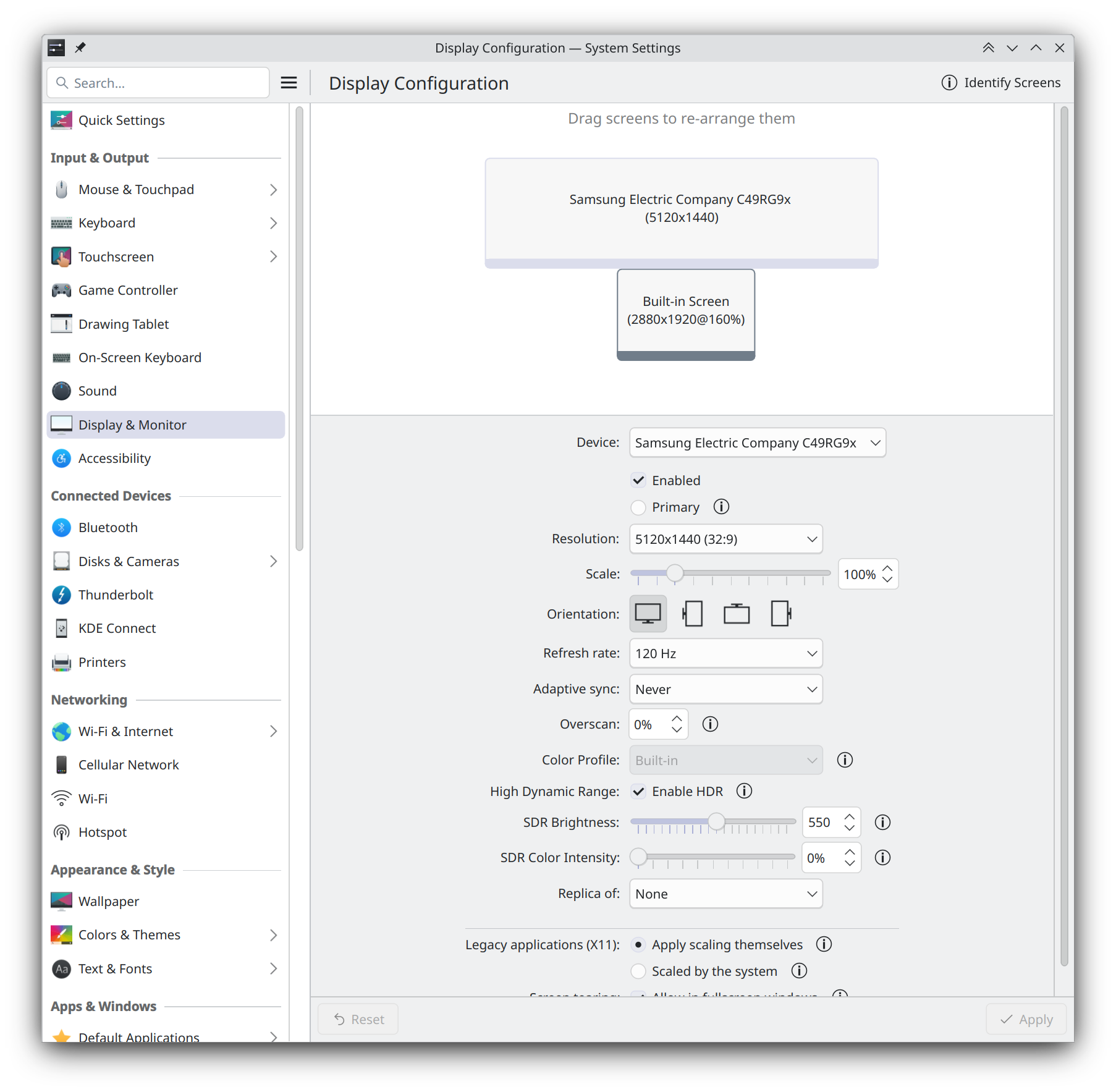The real one? It was fine on Xorg though
When an app (in your case, Steam) uses X11 APIs to move the cursor, that of course works on Xorg, but Xwayland merely emulates it - so it moves the X11 pointer for X11 apps, but not the pointer from the Wayland compositor.
Some compositors allow Xwayland to request moving the real pointer instead of doing emulation, but River apparently doesn’t.





That day was years ago. Many banking apps refuse to start if you even just have your bootloader unlocked, and some banking websites only support Chrome, some really crappy ones even only Chrome or Edge on Windows specifically.